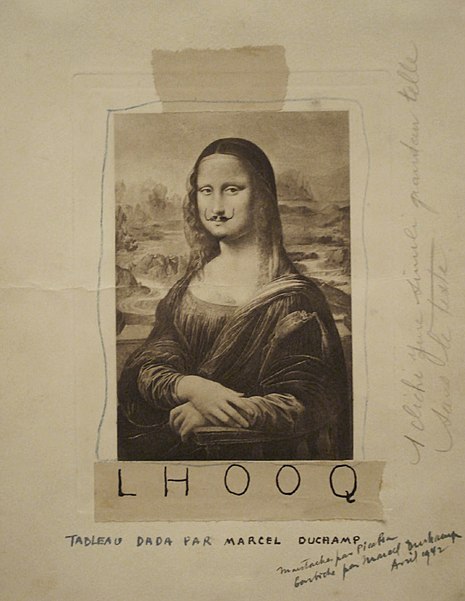Built and assembled without anyparticular significance or any value, Walter de Maria's Boxes for MeaninglessWork could also be an echo of Duchamp's sound strategies. In aparallel project, Robert Morris realized Card File (1962-3), a series ofcards on which a series of hazy concepts are written and laid out alphabetically on a vertical support. Through this initial process, Morriscreated a description of the necessary stages required to achieve thework. The terms used in this file include such things as accidents,alphabets, cards, categories, conception, criticism, or decisions, dissatisfactions, durations, forms, future, interruptions, names, numbers,possibilities, prices, purchases, owners, and signature. As a result, thework had no content other than the circumstances of its execution.Through this piece, Morris also asserted that if one wished to understand and penetrate all subtleties of the work, one would have toconsider all the methods used in bringing it forth. The status of thework of art is immediately called into question, because the range ofcards can undergo a change:In a broad sense art has always been on object, static and final, eventhough structurally it may have been a depiction or existed as afragment. What is being attacked, however, is something more thanart as icon. Under attack is the rationalistic notion that art is a formof work that results in a finished product. Duchamp, of course,attacked the Marxist notion that labor was an index of value, butReadymades are traditionally iconic art objects. What art now has inits hand ismutable stuffwhich need not arrive at the point of beingfinalized with respect to either time or space. The notion thatworkis an irreversible process ending in a static icon-object no longer hasmuch relevance.25Marcel Duchamp's musical and "Dismountable approximation" illustrate this process perfectly. John Cage recalled that "for his final opus,Given: 1. The Waterfall, 2. The Illuminating Gas, exhibited in Philadelphia, [Duchamp] wrote a book [the "Dismountable approximation"]that provided a blueprint for dismantling the work and rebuilding it.26It also provided information on how to proceed, as well as the only definition of the musical notation, isn't that so? So it is a musical work ofart; because when you follow the instructions you produce sounds."27But Given: 1. The Waterfall, 2. The Illuminating Gas was never createdas a musical piece, even though it is entirely "possible to do it. . . .Andif one takes it like a musical piece, one gets the piece [that Duchamp]This content downloaded from 194.27.18.18 on Fri, 18 Dec 2015 12:35:27 UTCAll use subject to JSTOR Terms and Conditions
card file as art!
